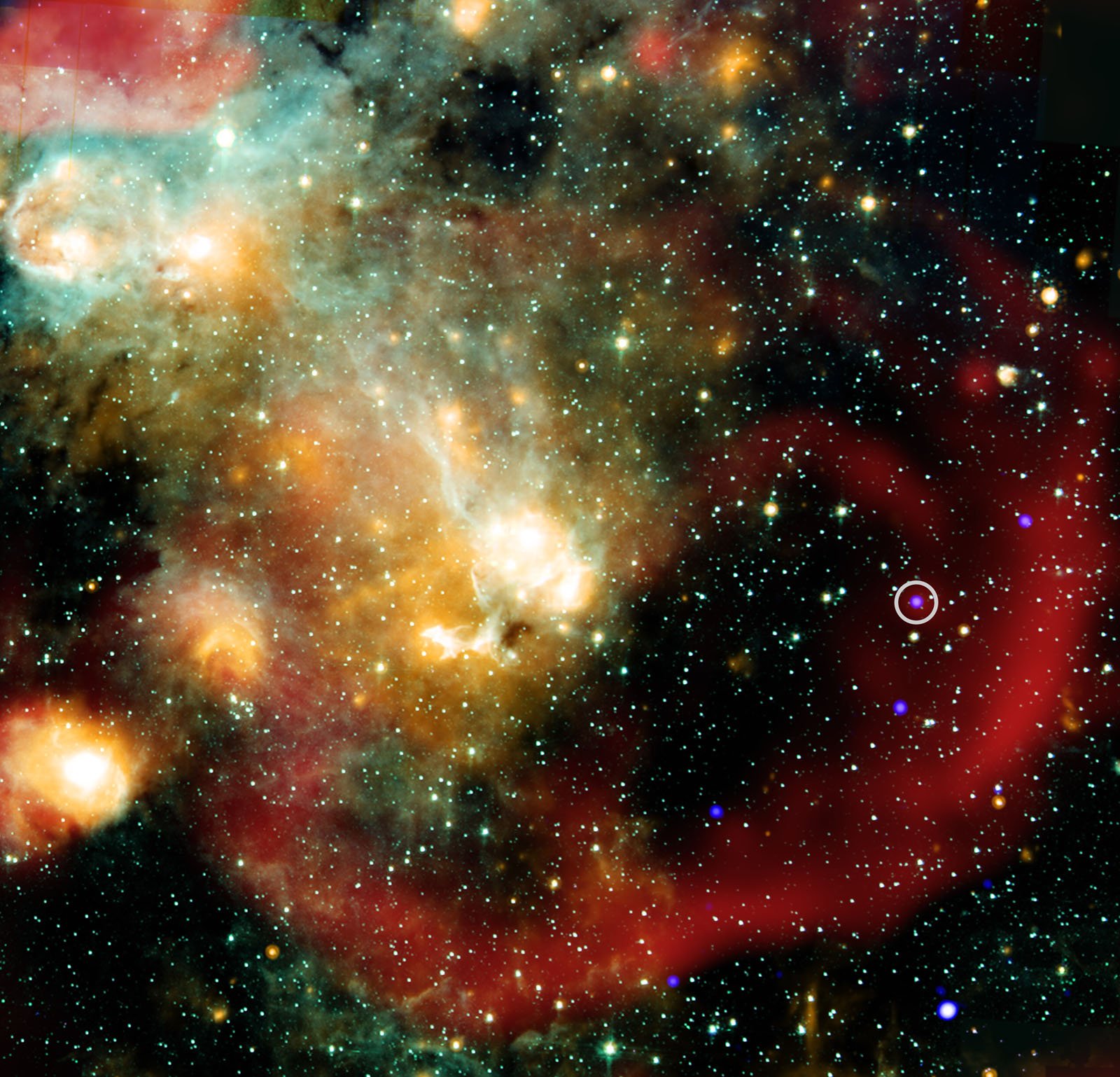Bizarre Star Unlike Any Other Defies Scientific Explanation

A global team of astronomers using NASA’s Chandra X-ray Observatory and the Square Kilometer Array Pathfinder (ASKAP) radio telescope discovered a bizarre star that acts unlike any star seen before.
By combining data from Chandra, which is in orbit above the Earth’s atmosphere, and ASKAP in Australia, scientists have discovered a unique object, ASKAP J1832-0911. Located approximately 15,000 light-years from Earth, this star belongs to a very small, new class of objects called “long period radio transients.” Discovered in 2022, these types of objects emit regular radio waves that vary in intensity over periods of tens of minutes, which is, as the Chandra team explains, thousands of times of longer than repeated variations of similar emissions observed in pulsars. Pulsars are rapidly spinning neutron stars, and their variations occur on a sub-second timescale.

ASKAP J1832 is much different. It cycles radio wave intensity every 44 minutes. However, what makes it unique among long period radio transients is that not only does the star emit regular cycles of radio waves, it is also emitting an X-ray signal — something never observed before.
“Astronomers have looked at countless stars with all kinds of telescopes and we’ve never seen one that acts this way,” says Dr. Ziteng Wang from the Curtin University node at the International Centre for Radio Astronomy Research (ICRAR) in Australia. Dr. Wang is the lead author on the associated research published today in Nature.
“It’s thrilling to see a new type of behavior for stars,” Dr. Wang continues.
The exciting discover goes even further. ASKAP J1832’s radio and X-ray signals also dipped dramatically over six months. Astronomers have never seen anything like that in the Milky Way galaxy, either.

Now scientists are racing to determine if ASKAP J1832’s bizarre behavior is reflective of long period radio transients — a relatively very new field of study — or if its oddities are an outlier. Little is yet known about the origin of such objects.
“We looked at several different possibilities involving neutron stars and white dwarfs, either in isolation or with companion stars,” says study co-author Dr. Nanda Rea of the Institute of Space Sciences in Barcelona, Spain. “So far nothing exactly matches up, but some ideas work better than others.”

Some explanations make sense in certain ways but fall short in others. For example, some of ASKAP J1832’s behavior is reminiscent of that of a neutron star with a powerful magnetic field, known as a magnetar. However, its brightness and variable radio emission don’t align with that theory.
On the cosmic canvas, ASKAP J1832 appears to live inside a supernova remnant or the remains of an exploded star. However, the object’s home seems unrelated to its properties, leading scientists to think that the odd star probably does not contain a neutron star.
However, an isolated white dwarf does not justify the available data.
“But a white dwarf star with a companion star might,” the Chandra X-ray Observatory team explains. However, if that is true, it would require the existence of the most powerful magnetic field ever observed for a white dwarf in the Milky Way galaxy.
“We will continue to hunt for clues about what is happening with this object, and we’ll look for similar objects,” says co-author Dr. Tong Bao of the Italian National Institute for Astrophysics (INAF) — Osservatorio Astronomico di Brera in Italy. “Finding a mystery like this isn’t frustrating — it’s what makes science exciting!”
Image credits: Credit: X-ray: NASA/CXC/ICRAR, Curtin Univ., Z. Wang et al.; Infrared: NASA/JPL/CalTech/IPAC; Radio: SARAO/MeerKAT; Image processing: NASA/CXC/SAO/N. Wolk. The associated research paper, “Detection of X-ray Emission from a Bright Long-Period Radio Transient,” was published today in Nature. The lead author is Ziteng Wang.